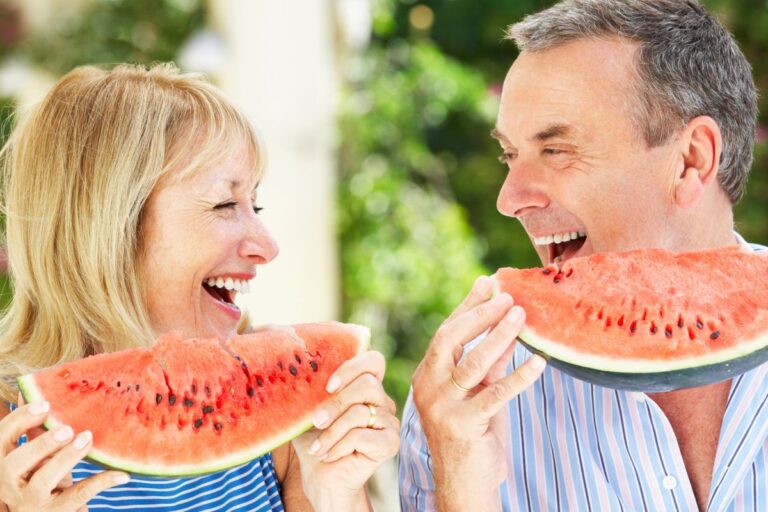15 Hydrating Foods to Boost Your Daily Water Intake
Staying hydrated is essential for keeping our bodies healthy and energized. While drinking water is the most obvious way to stay hydrated, did you know that certain foods can also help you reach your daily water intake goals?
These delicious foods are also packed with water, making them perfect additions to your diet. Whether you’re looking for a snack or a meal, these 15 hydrating foods will help you stay refreshed throughout the day.
Watermelon

Watermelon is one of the most hydrating foods you can eat, with about 92% of its content being water. It’s refreshing and rich in vitamins A and C, which are great for your skin and immune system.
The natural sugars in watermelon give you a quick energy boost, making it a perfect summer snack. You can enjoy watermelon on its own, in a salad, or even as a smoothie ingredient. It’s also low in calories, so you can indulge without guilt. Try freezing watermelon chunks for a tasty treat for an extra cooling effect.
Cucumber
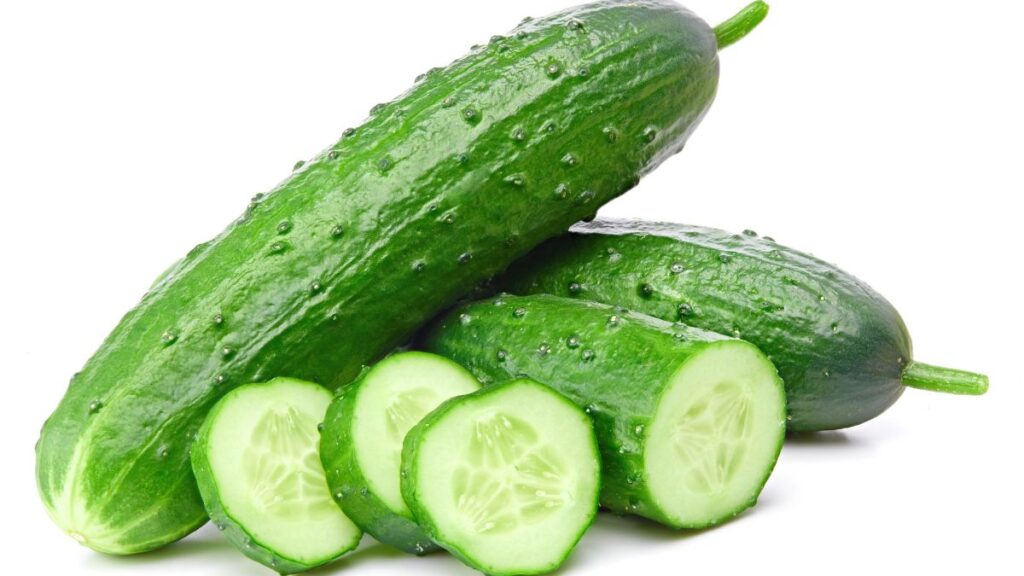
Cucumbers are about 95% water, making them one of the most hydrating vegetables. They are also low in calories and provide a good source of vitamins K and C. Cucumbers are incredibly versatile, and they can be added to salads and sandwiches or eaten as a crunchy snack with a bit of hummus.
Cucumbers’ high water content helps you stay hydrated, especially on hot days. They also have anti-inflammatory properties that can soothe your skin from the inside out. Try adding a few slices to your water for a refreshing twist.
Strawberries
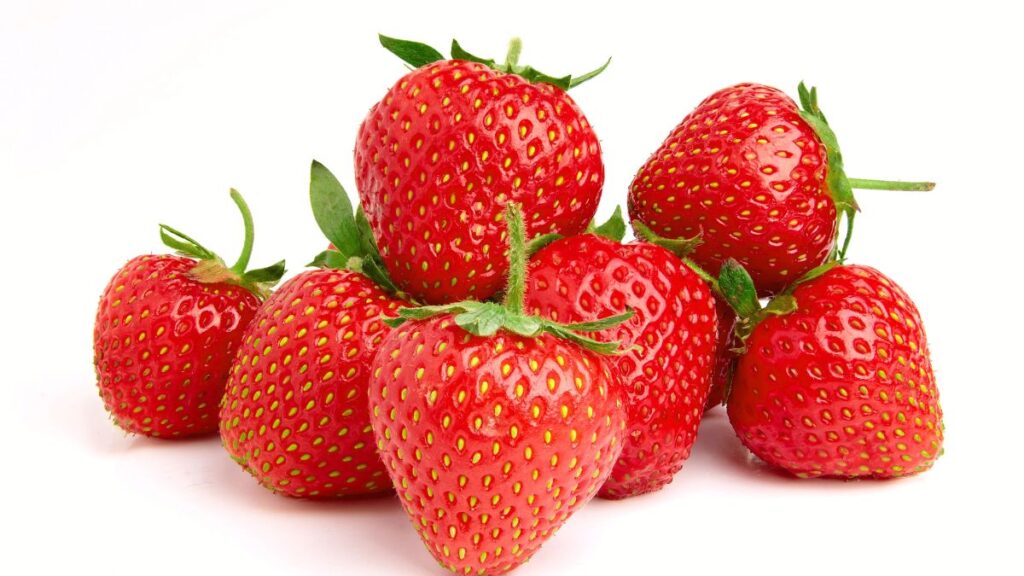
Strawberries are not only sweet and delicious but also about 91% water. These berries are packed with vitamin C, antioxidants, and fiber, making them a healthy choice for hydration. Strawberries can be enjoyed in various ways, from topping your morning cereal to blending them into a smoothie.
They also make a great snack on their own or paired with yogurt. The juicy texture of strawberries makes them incredibly satisfying, especially when you’re looking for something light and refreshing. Incorporating strawberries into your diet can also help boost your immune system and improve heart health.
Lettuce
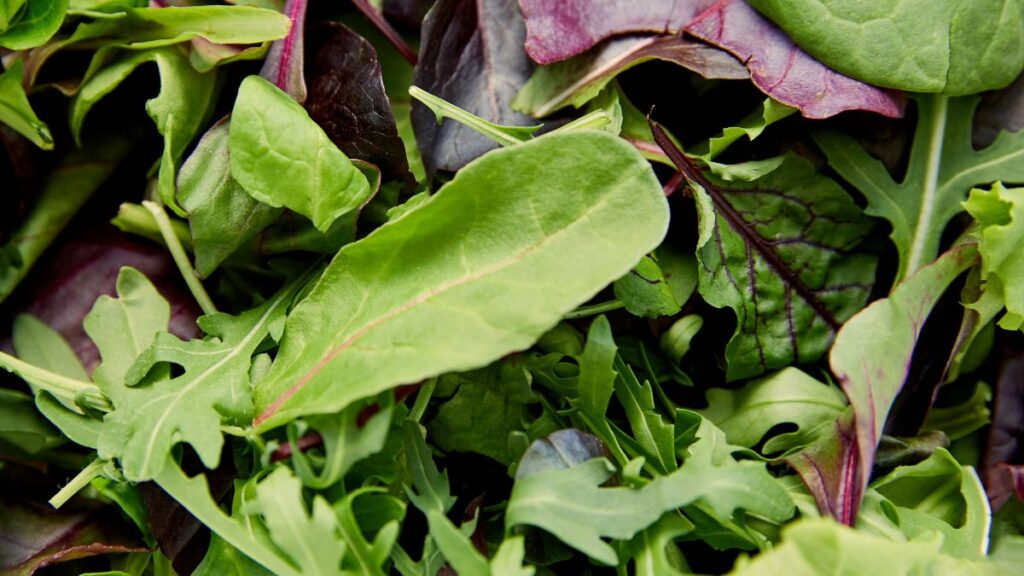
Lettuce, particularly iceberg and romaine, is composed of about 95% water, making it one of the most hydrating leafy greens. It’s an excellent base for salads and can be used in wraps or as a crunchy topping for sandwiches.
Lettuce is low in calories but rich in vitamins A and K, as well as folate. This makes it a great choice for those looking to stay hydrated while keeping their meals light. The crisp texture of lettuce adds a refreshing element to any dish. Try mixing different types of lettuce for a variety of flavors and textures in your salads.
Celery
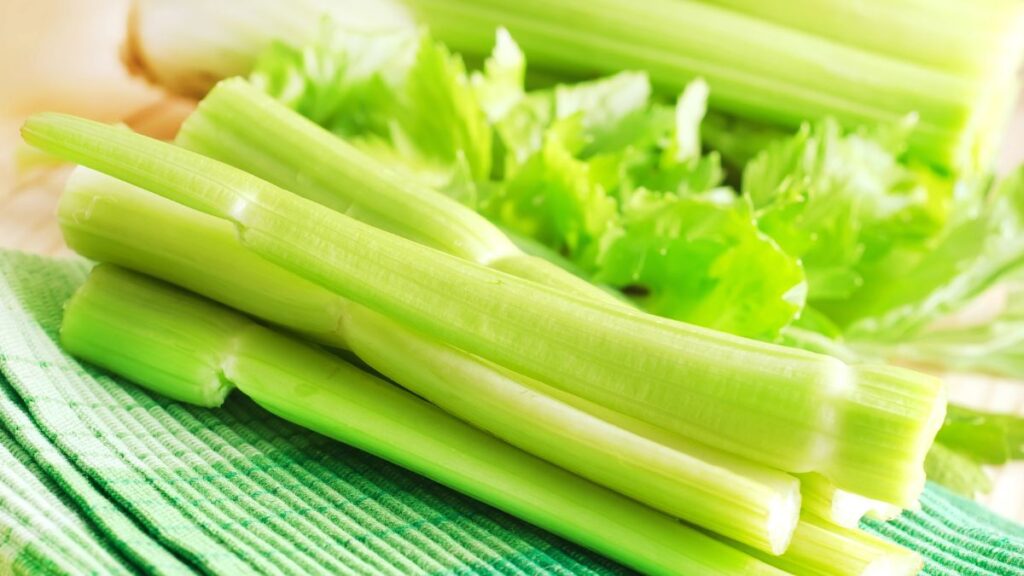
Celery is another vegetable with a high water content, about 95%. It’s low in calories and provides a good source of fiber, vitamin K, and potassium. Celery’s natural crunch makes it a popular snack, especially when paired with peanut butter or hummus.
The high water content in celery helps you stay hydrated while the fiber keeps you feeling full. It’s also great for adding to soups, stews, or even juicing for a hydrating drink. Celery has anti-inflammatory properties, making it beneficial for overall health.
Oranges
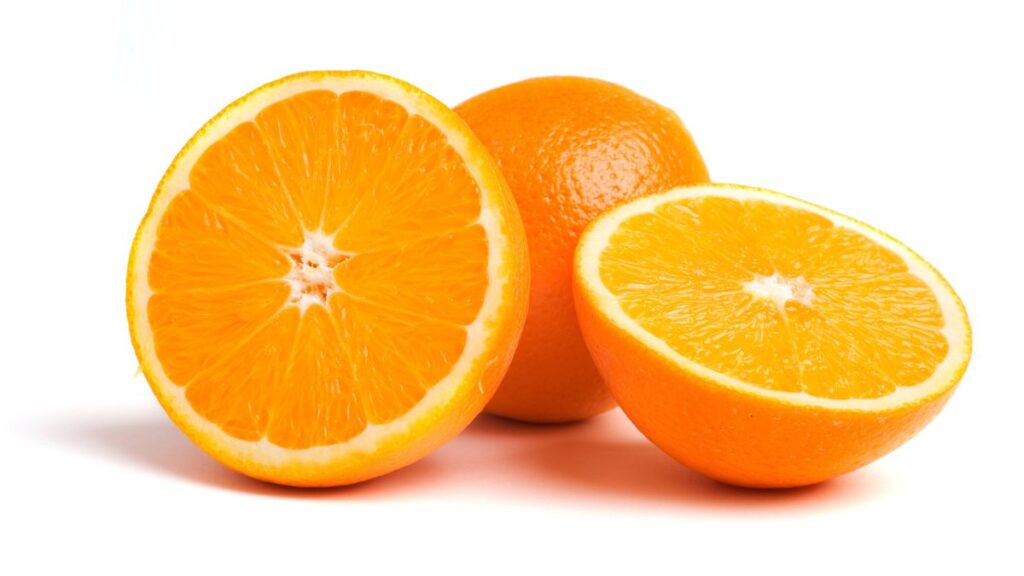
Oranges are juicy fruits that are about 86% water, making them a great choice for hydration. They are also packed with vitamin C, which is essential for a healthy immune system. Oranges are a convenient snack that you can take on the go or enjoy at home.
They can also be added to salads, desserts, or smoothies for a burst of flavor. The natural sugars in oranges provide a quick energy boost, perfect for when you need a pick-me-up. Oranges are also rich in antioxidants that help protect your cells from damage.
Zucchini
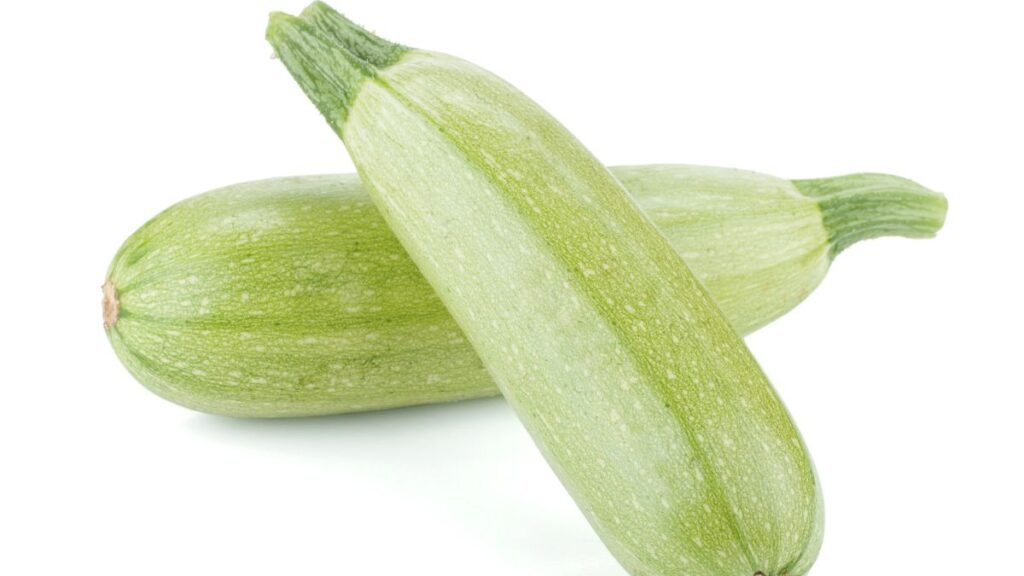
Zucchini is a versatile vegetable that contains about 94% water. It’s low in calories and a good source of vitamin C, potassium, and fiber. Zucchini can be eaten raw in salads, grilled as a side dish, or spiralized into noodles as a healthy pasta alternative.
Its mild flavor makes it a great addition to various dishes without overpowering other ingredients. The high water content in zucchini helps keep you hydrated, especially during hot weather. Zucchini is also easy to digest, making it a gentle option for those with sensitive stomachs.
Cantaloupe
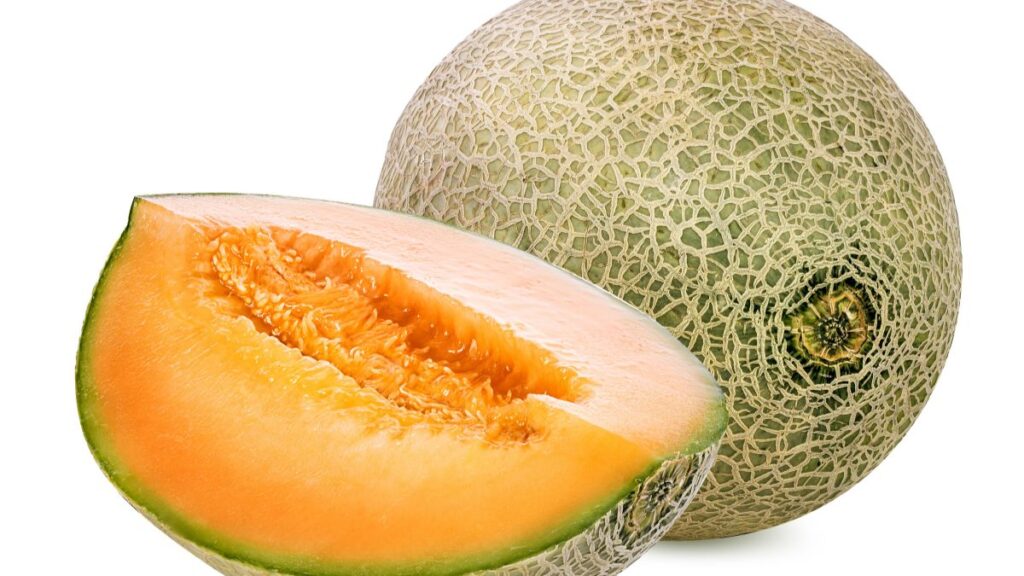
Cantaloupe is another melon that’s about 90% water, making it a hydrating and delicious fruit. It’s rich in vitamins A and C, which are important for skin health and immune function. Cantaloupe has a sweet, juicy flavor that makes it a popular choice for breakfast or a snack.
You can enjoy it on its own, add it to fruit salads, or blend it into smoothies. The high water content helps you stay hydrated, while the natural sugars provide a quick energy boost. Cantaloupe is also low in calories, making it a guilt-free treat.
Peaches
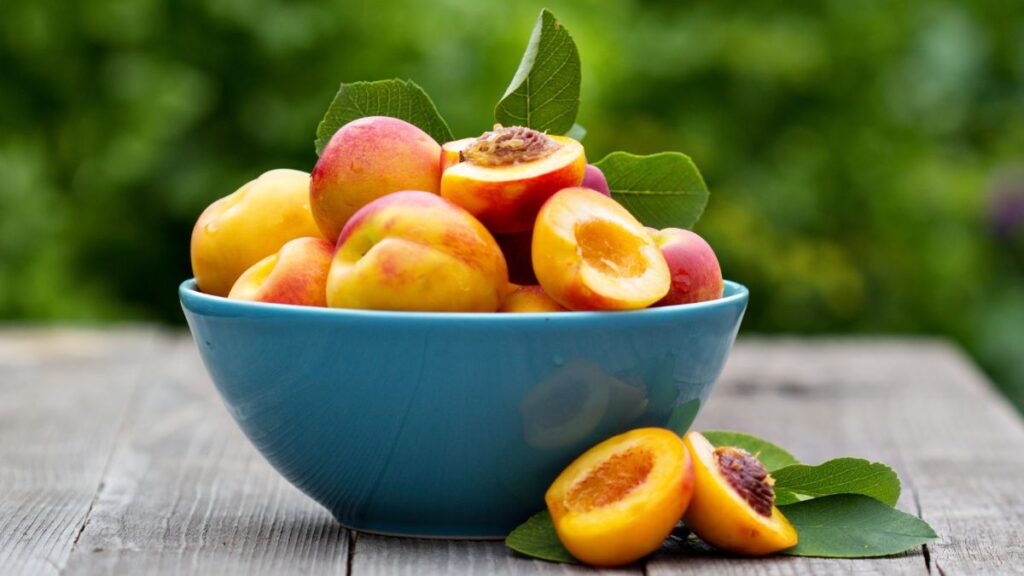
Peaches are juicy fruits with about 89% water content, making them a tasty way to stay hydrated. They are also a good source of vitamins A and C, as well as fiber. Peaches can be enjoyed fresh, sliced into salads, or baked into desserts.
Their sweet, juicy flavor is perfect for hot summer days when you need something refreshing. The fiber in peaches helps keep you full, while the vitamins support skin health and immune function. Peaches are also low in calories, so you can enjoy them without worrying about your waistline.
Tomatoes

Tomatoes are about 95% water, making them one of the most hydrating foods you can eat. They are also rich in vitamins A and C, as well as the antioxidant lycopene, which is known for its health benefits. Tomatoes can be enjoyed in many ways, from fresh in salads to cooked in sauces and soups.
Their juicy texture adds a refreshing element to meals, especially in the summer. The high water content in tomatoes helps keep you hydrated, while the vitamins and antioxidants support overall health. Tomatoes are also low in calories, making them a healthy addition to your diet.
Pineapple

Pineapple is a tropical fruit with about 86% water content, making it a hydrating and flavorful option. It’s also rich in vitamin C, manganese, and bromelain, an enzyme that aids digestion. Pineapple’s sweet and tangy flavor makes it a great addition to fruit salads, smoothies, or even grilled as a dessert.
The high water content helps keep you hydrated, while the natural sugars provide a quick energy boost. Pineapple is also known for its anti-inflammatory properties, which can help reduce swelling and promote healing. Its refreshing taste is perfect for hot days.
Grapefruit
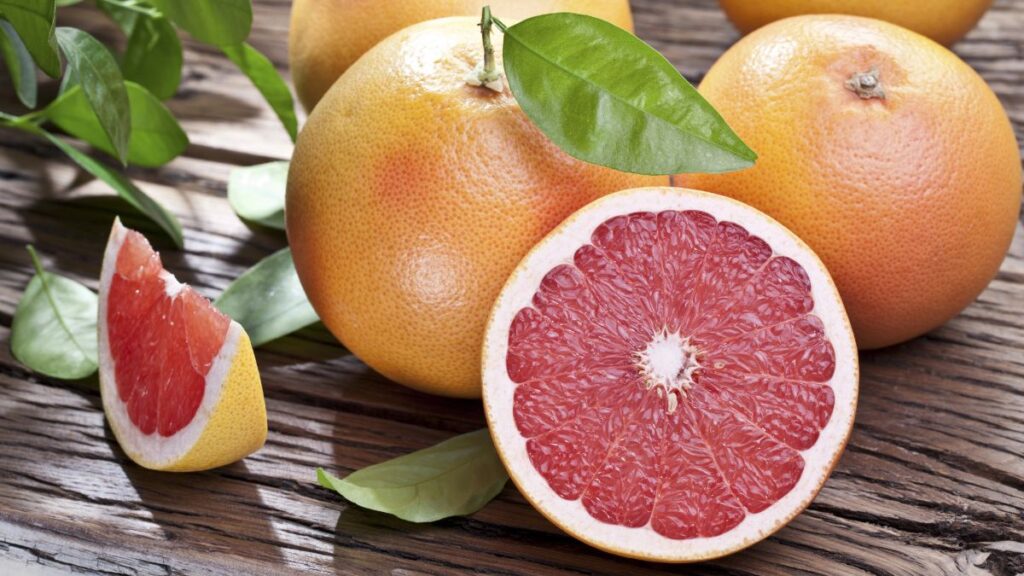
Grapefruit is a citrus fruit that’s about 88% water, making it a hydrating and nutritious choice. It’s rich in vitamins A and C, as well as antioxidants that help protect your cells. Grapefruit has a slightly tart flavor, which can be refreshing when you’re looking for something different.
You can enjoy grapefruit on its own, in a fruit salad, or juiced for a refreshing drink. The high water content helps keep you hydrated, while the vitamins support immune function and skin health. Grapefruit is also low in calories and can help support weight loss.
Bell Peppers
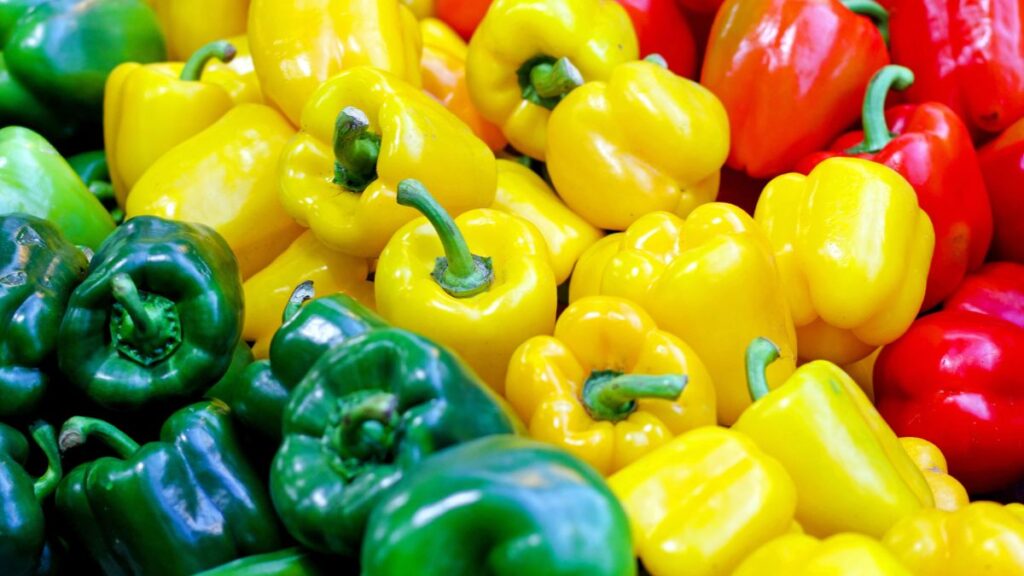
Bell peppers are colorful vegetables that contain about 92% water, making them a hydrating and crunchy option. They are also rich in vitamins A and C, as well as fiber. Bell peppers can be eaten raw, roasted, or added to various dishes for a burst of color and flavor.
Their high water content helps keep you hydrated, while the vitamins support eye health and immune function. The different colors of bell peppers offer slightly different flavors, so you can mix and match to suit your taste. Bell peppers are also low in calories, making them a healthy addition to your meals.
Radishes
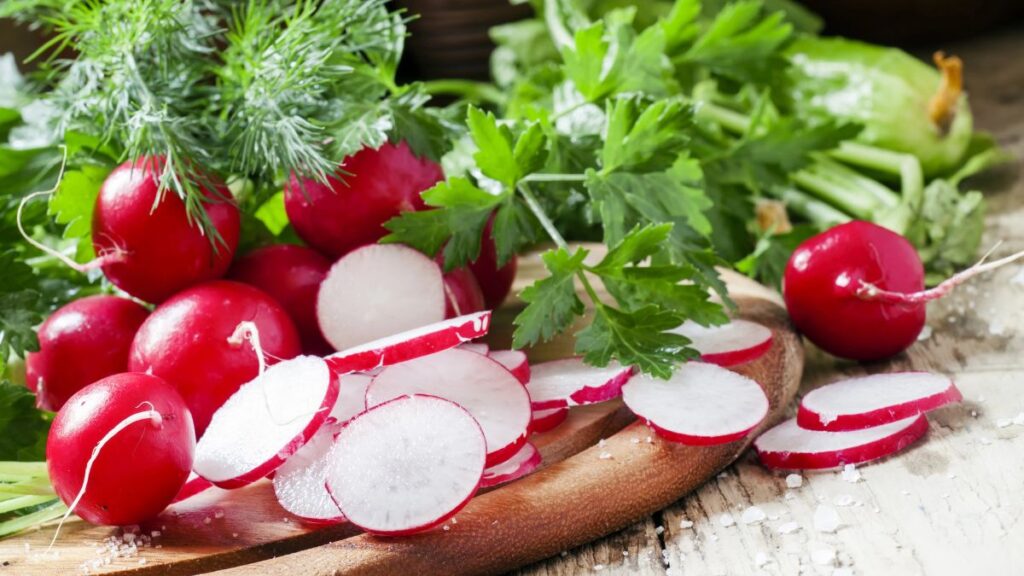
Radishes are crunchy root vegetables with about 95% water content. They are low in calories and provide a good vitamin C, potassium, and fiber source. Their peppery flavor adds a unique twist to salads and sandwiches.
Their high water content helps you stay hydrated, while the fiber keeps you feeling full. Radishes are also known for their detoxifying properties, which can help cleanse your liver and support overall health. Try adding sliced radishes to your meals for an extra crunch and a burst of flavor.
Spinach
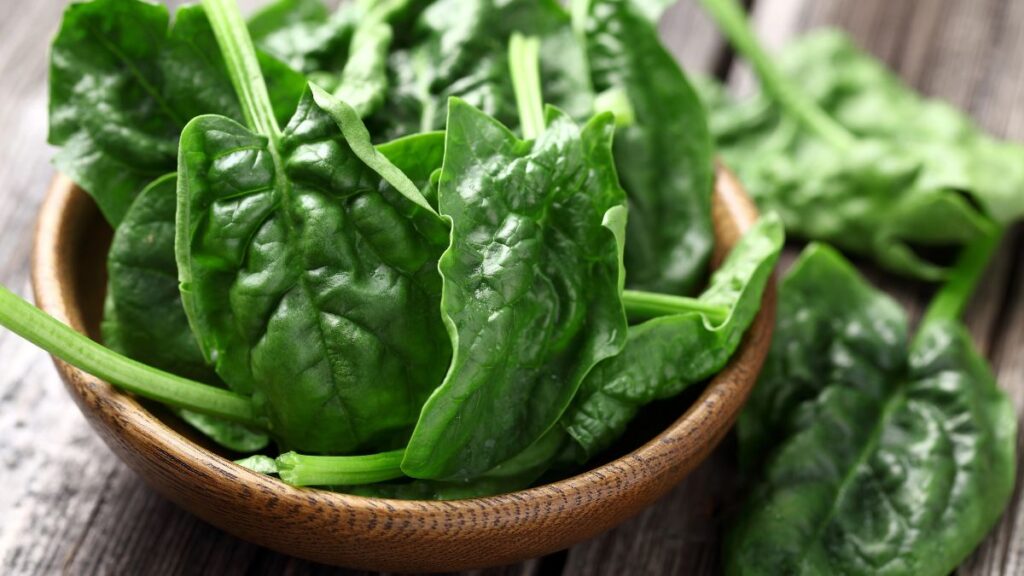
Spinach is a leafy green that’s about 91% water, making it a hydrating and nutritious choice. It’s rich in vitamins A and C, as well as iron and calcium. Spinach can be enjoyed raw in salads, cooked as a side dish, or blended into smoothies for a nutrient boost.
The high water content in spinach helps keep you hydrated, while the vitamins support skin and immune health. Spinach is also low in calories and packed with fiber, making it a great option for those looking to stay full and energized. Incorporating spinach into your diet can also help support bone health and muscle function.
Eating Right With Type 2 Diabetes: Stay Away From These 15 Foods

Managing type 2 diabetes involves making careful food choices to keep your blood sugar levels stable. Some foods can cause your blood sugar to spike, making it harder to manage your diabetes.
Eating Right With Type 2 Diabetes: Stay Away From These 15 Foods
15 Foods That Are Becoming Too Expensive To Buy Due To Skyrocketing Prices

Food costs have been steadily rising in recent years, impacting households worldwide. Various factors, such as climate change, supply chain disruptions, and increased demand, have contributed to the soaring prices of many staple foods.
15 Foods That Are Becoming Too Expensive To Buy Due To Skyrocketing Prices






